Archives
- 2025-12
- 2025-11
- 2025-10
- 2025-09
- 2025-03
- 2025-02
- 2025-01
- 2024-12
- 2024-11
- 2024-10
- 2024-09
- 2024-08
- 2024-07
- 2024-06
- 2024-05
- 2024-04
- 2024-03
- 2024-02
- 2024-01
- 2023-12
- 2023-11
- 2023-10
- 2023-09
- 2023-08
- 2023-07
- 2023-06
- 2023-05
- 2023-04
- 2023-03
- 2023-02
- 2023-01
- 2022-12
- 2022-11
- 2022-10
- 2022-09
- 2022-08
- 2022-07
- 2022-06
- 2022-05
- 2022-04
- 2022-03
- 2022-02
- 2022-01
- 2021-12
- 2021-11
- 2021-10
- 2021-09
- 2021-08
- 2021-07
- 2021-06
- 2021-05
- 2021-04
- 2021-03
- 2021-02
- 2021-01
- 2020-12
- 2020-11
- 2020-10
- 2020-09
- 2020-08
- 2020-07
- 2020-06
- 2020-05
- 2020-04
- 2020-03
- 2020-02
- 2020-01
- 2019-12
- 2019-11
- 2019-10
- 2019-09
- 2019-08
- 2019-07
- 2019-06
- 2019-05
- 2019-04
- 2018-07
-
To verify the feasibility of the
2021-09-30
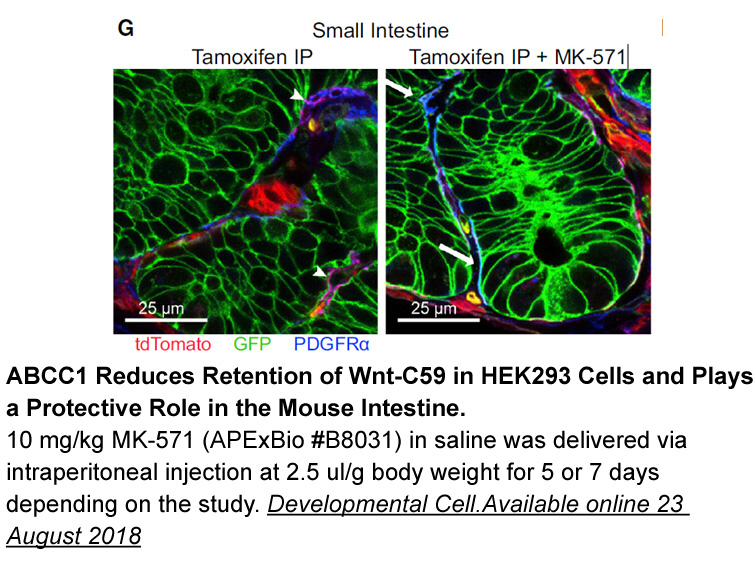
To verify the feasibility of the proposed method, EIS is firstly adopted to study the modification processes of the electrode. As shown in Fig. 1A, the nyquist plot of bare gold electrode exhibits a straight line, which indicates a fast charge transfer process (curve a). After modified with probe a,
-
benzydamine sale Finally it is possible that the increase in
2021-09-30
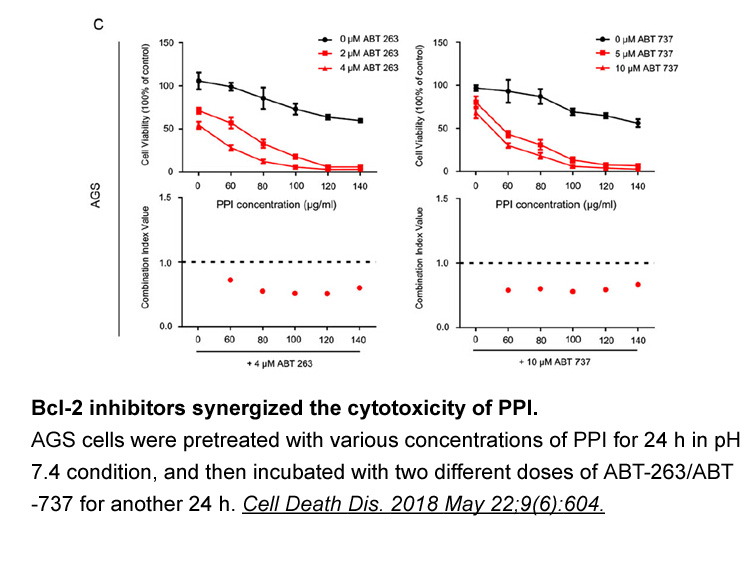
Finally, it is possible that the increase in the number of EAAT-3-labelled cells in the DG at PD 60, when compared with the control and experimental animals at PD 14, is associated with natural changes in the number of neurons present during the postnatal development of the hippocampus (41, 42) and,
-
Despite their undisputed importance however FPR receptors ar
2021-09-29

Despite their undisputed importance, however, FPR receptors are not in the limelight of GPCR-related research (for review [12] and references therein). We, therefore, draw attention to this GPCR receptor family, in order to re-initiate FPR-related research, particularly in the light of biased agonis
-
According to the implication of the endocannabinoid
2021-09-29

According to the implication of the endocannabinoid system in IBD, we decided in our laboratory to develop selective CB agonists and FAAH inhibitors to treat these diseases. Recently, we described 3-carboxamido-5-aryl-isoxazoles as selective CB agonists. This series of isoxazoles possesses a 2-subst
-
br Materials and methods br Results br Discussion
2021-09-29
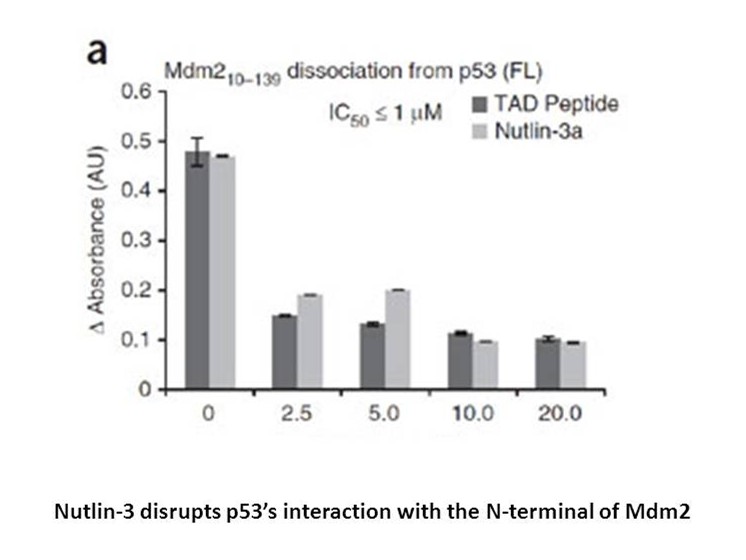
Materials and methods Results Discussion EZH2 is a subunit of the polycomb repressive complex, which trimethylates lysine 27 on histone 3, a repressive marker for gene expression. EZH2 is important for cancer cell proliferation, migration, and invasion, all of which are associated with can
-
SETDB is ubiquitously expressed in mouse tissues and
2021-09-29
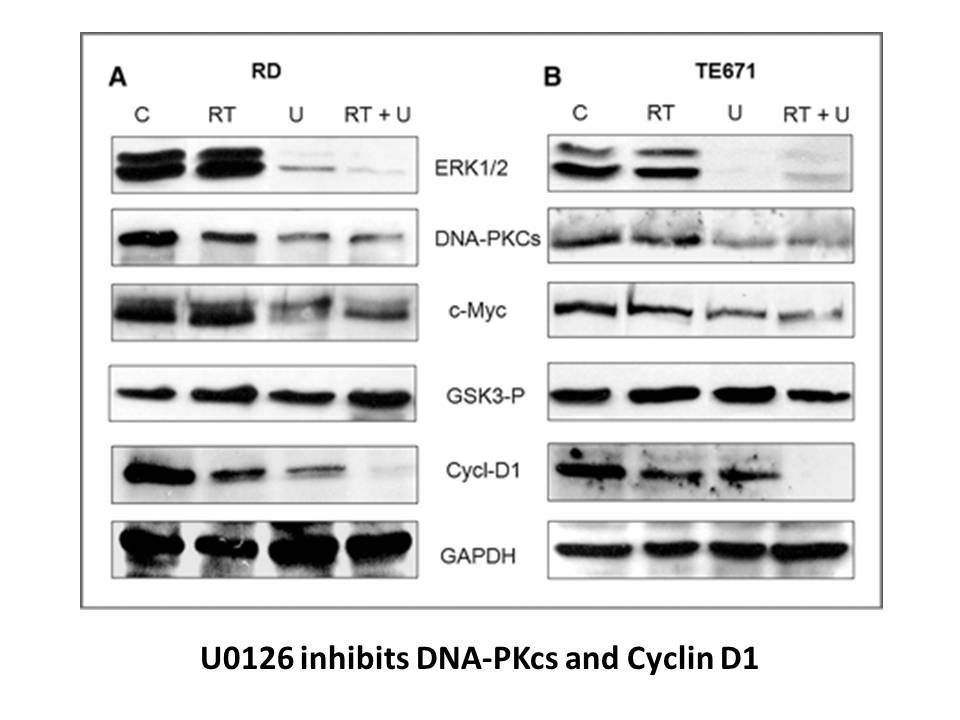
SETDB1 is ubiquitously expressed in mouse tissues, and more than 900,000 ERVs are dispersed through the mouse genome. Nevertheless, the repertoire of ERVs under the control of SETDB1 was limited and highly cell-type specific. Only 17,349 ERVs were associated with H3K9me3 domains in Th2 cells. The va
-
br ABT aR aR methyl hexahydropyrrolo b pyrrol yl biphenyl
2021-09-29

ABT-288 (2-[4'-((3aR,6aR)-5-methyl-hexahydropyrrolo[3,4-b]pyrrol-1-yl)-biphenyl-4-yl]2H-pyridazine-3-one) is a selective H3R antagonist/inverse agonist developed by Abbott. Structurally, it is a compound with molecular weight (MW) 372.46 g/mol, three H-bond acceptors (HBA), and Moriguchi LogP (MLo
-
Thus synthesized thienopyrimidine derivatives were
2021-09-29

Thus synthesized thienopyrimidine derivatives were evaluated in vitro for GPR119 agonistic activity, and the results are summarized in , , . First, we fixed the 4-methylsulfonylphenyl substituent at the R position on the thienopyrimidine ring, and derivatized at the R position. As shown in , and s
-
In summary through medicinal chemistry
2021-09-29

In summary, through medicinal chemistry design and computer-assisted conformational modeling, the initial lead was evolved into a series of dihydrobenzofuran derivatives, , as potent GPR119 agonists. Optimization of general structure at various regions of the molecule, including the substituent on
-
br Acknowledgements We thank the support of the National Nat
2021-09-29
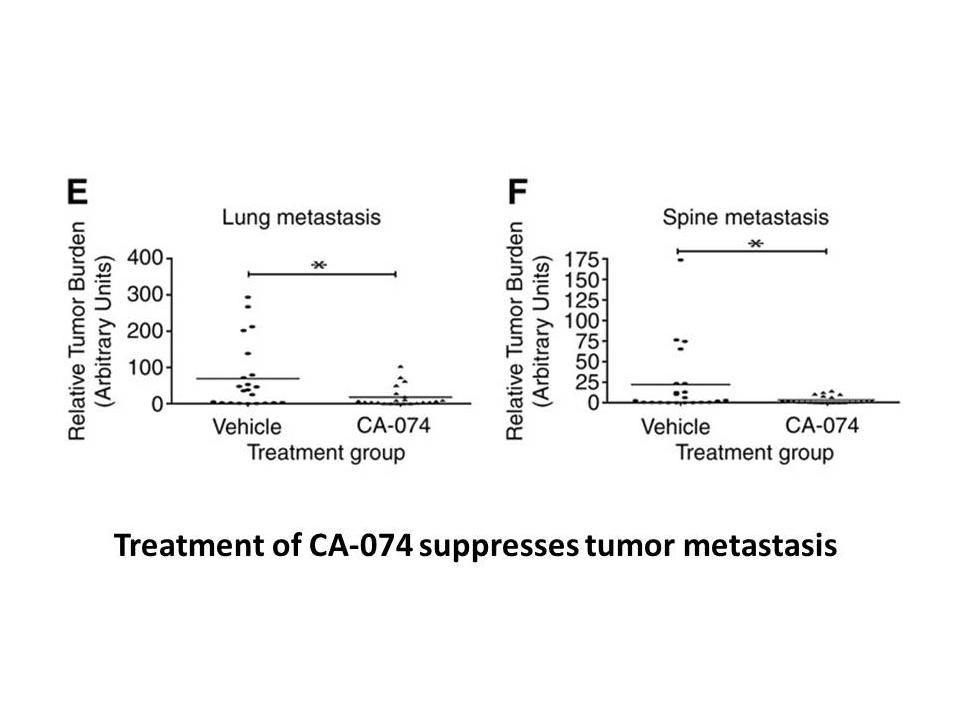
Acknowledgements We thank the support of the National Natural Science Foundation of China (NSFC) project 81501342 and support from the Disciplinary Group of Oncology and Immunology program of Xinxiang Medical University. Introduction First described as a new clinical entity in 1981, the Acqui
-
br Methods and materials br Results and
2021-09-29

Methods and materials Results and discussion Conclusions This is the first study that attempted to isolate, purify and identify the characteristics of 2189 from ginseng. In vitro studies have demonstrated that PGL-1 efficiently suppressed SH-SY5Y cell apoptosis induced by Aβ25–35, possibly
-
Given and a module N we put The right hand
2021-09-29

Given and a -module N, we put The right hand side makes sense because we regard g as an V5 peptide of and meanwhile . It is also a skew group ring, identified with via the following equation It follows that becomes a -module, with Analogous to the situation of group representations, the underly
-
br Conclusion These are exciting times in EAAT research
2021-09-29
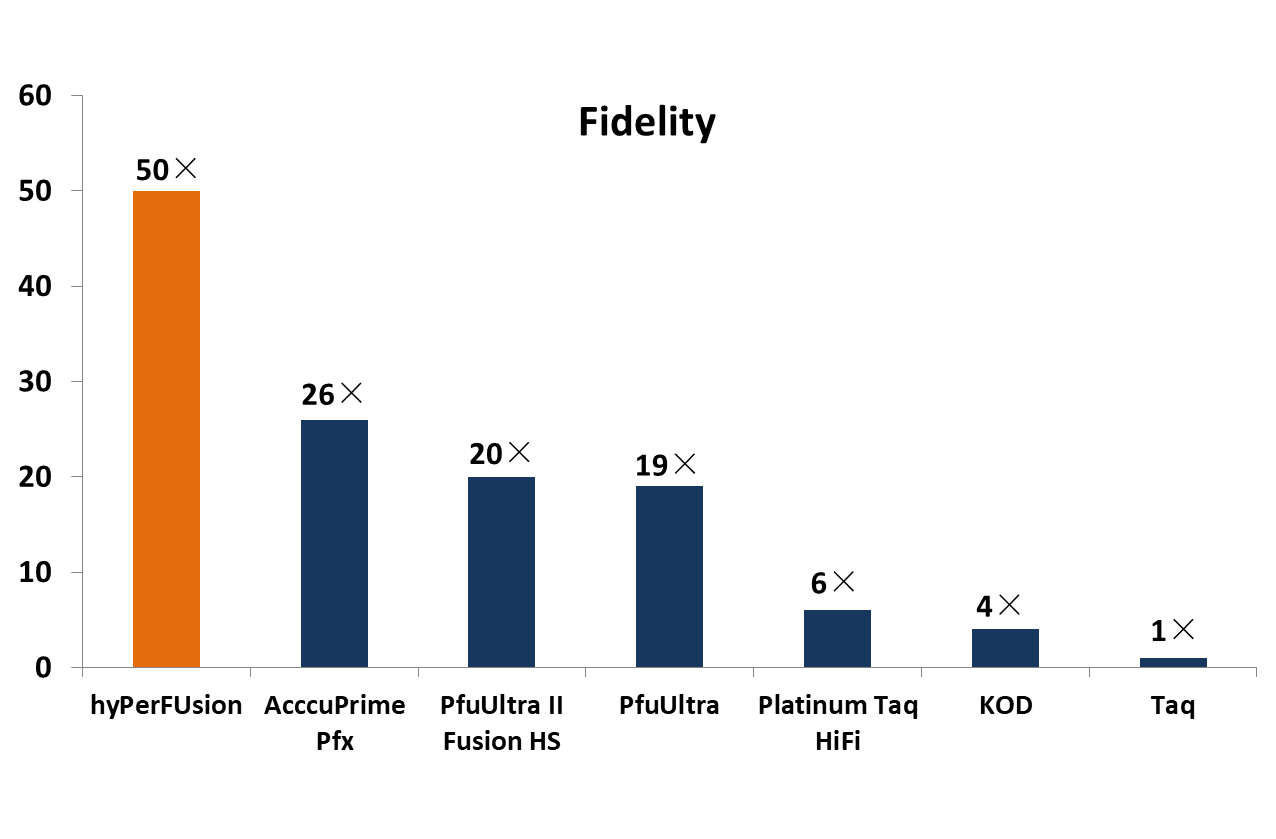
Conclusion These are exciting times in EAAT research. The discovery and use of the GltPh and GltTk transporters as model systems for EAATs has provided detailed understanding of structure–function aspects of the transporters. Moreover, recent studies into the physiological functions of the transp
-
br Introduction Major depressive disorder
2021-09-29

Introduction Major depressive disorder (MDD) is a disease with poorly recognized etiology. Currently used antidepressant drugs, which mainly affect synaptic neurotransmitter levels, show full clinical efficacy in only one third of patients (Rush, 2007). Thus it is now generally accepted that the
-
br Acknowledgments This work was supported by the
2021-09-29
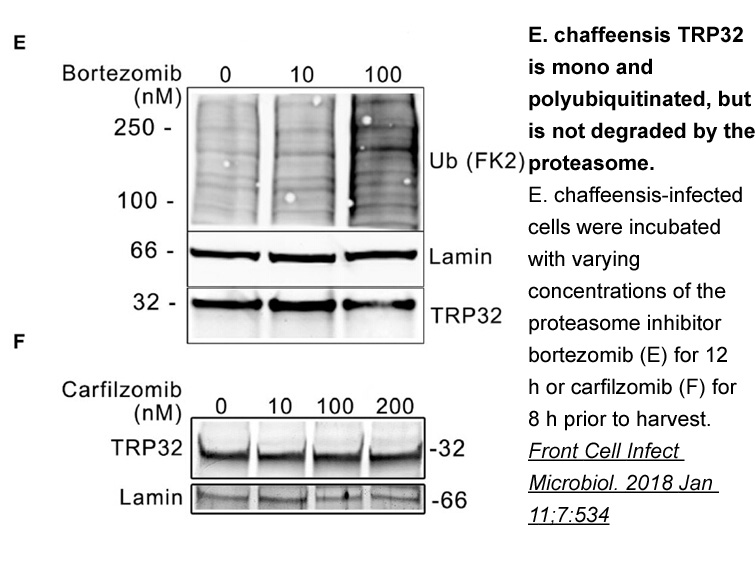
Acknowledgments This work was supported by the NIH (R01DK103884 to JMZ, R01DK100659 to JKE, and F32DK104659 and K01DK111644 to CMC), the Diana and Richard C. Strauss Professorship in Biomedical Research, the Mr. and Mrs. Bruce G. Brookshire Professorship in Medicine, the Kent and Jodi Foster Dist
16373 records 611/1092 page Previous Next First page 上5页 611612613614615 下5页 Last page